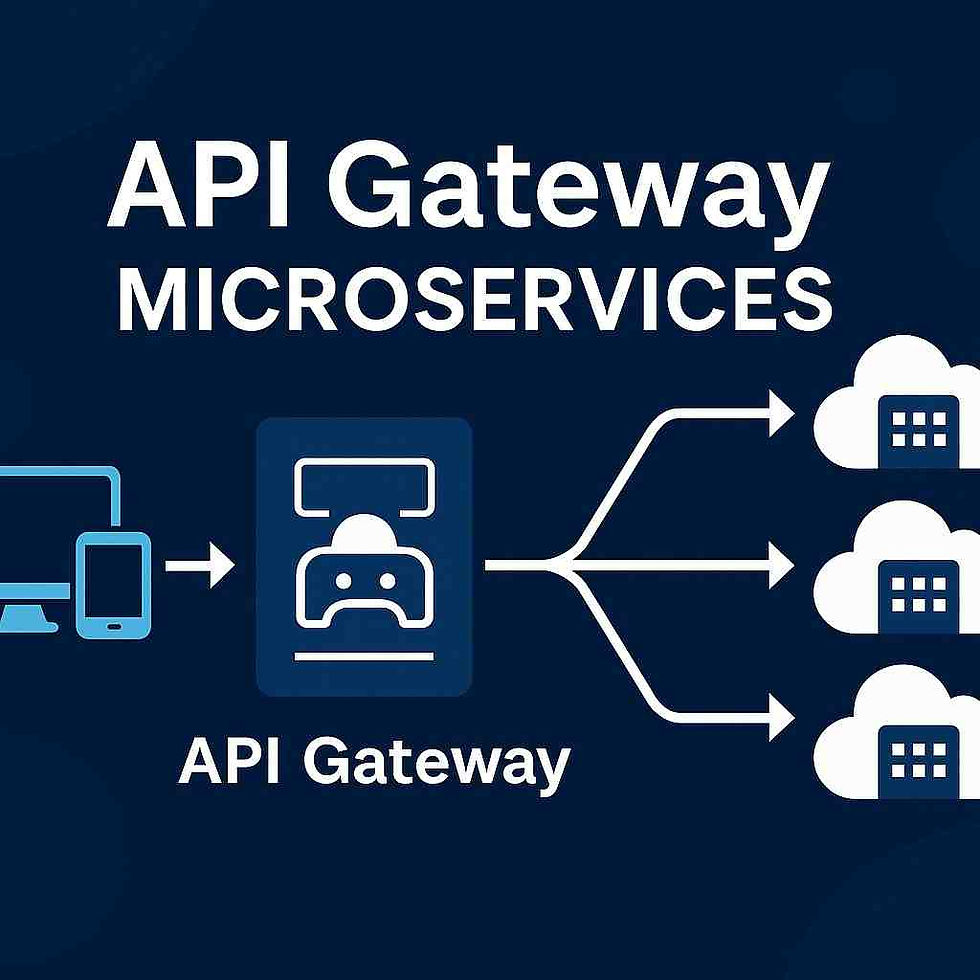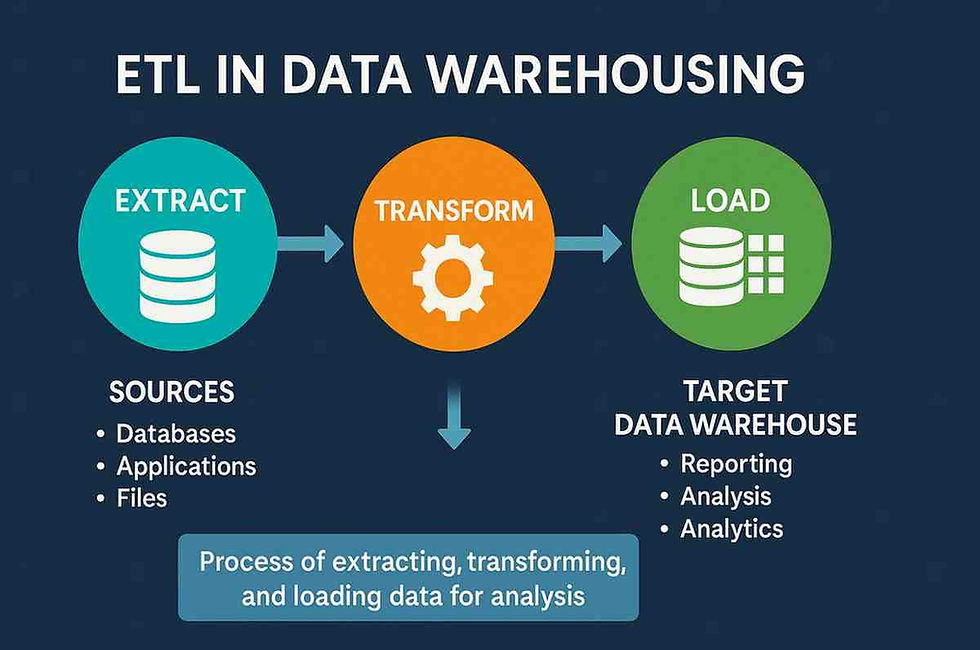Selenium Grid Guide: Setup, Configuration & Best Practices 2025
- Gunashree RS
- May 22
- 6 min read
In today's fast-paced development environment, automation testing has become the backbone of quality assurance. With the global automation testing market projected to reach $55.2 billion by 2028, organizations are increasingly turning to sophisticated testing frameworks to accelerate their delivery cycles. Among these powerful tools, Selenium Grid stands out as a game-changer for teams looking to execute tests efficiently across multiple environments simultaneously.
Whether you're a seasoned QA professional or just starting your automation journey, understanding Selenium Grid can dramatically transform your testing strategy. This comprehensive guide will walk you through everything you need to know about implementing and optimizing Selenium Grid for your testing needs.

What Makes Selenium Grid Essential for Modern Testing?
Selenium Grid represents a significant leap forward in automation testing capabilities. At its core, it's an intelligent proxy server that enables concurrent test execution across multiple machines, browsers, and operating systems. Instead of running tests sequentially on a single machine—which can take hours or even days for large test suites—Selenium Grid distributes your tests across multiple nodes, drastically reducing execution time.
The architecture follows a hub-and-node model where:
Hub: Acts as the central command center, receiving test requests and routing them to appropriate nodes
Nodes: Individual machines or virtual environments that execute the actual tests
This distributed approach doesn't just save time; it enables comprehensive cross-browser testing that would otherwise be impractical to perform manually.
Key Benefits That Drive Selenium Grid Adoption
Accelerated Test Execution Through Parallelization
The most immediate benefit of Selenium Grid is its ability to run multiple tests simultaneously. Instead of waiting for one test to complete before starting the next, you can execute dozens or even hundreds of tests concurrently. This parallel execution can reduce test suite runtime from hours to minutes.
Comprehensive Cross-Browser Coverage
Modern web applications must work flawlessly across various browsers, versions, and operating systems. Selenium Grid makes it possible to test your application on:
Multiple browser versions (Chrome, Firefox, Safari, Edge)
Different operating systems (Windows, macOS, Linux)
Various device configurations
Legacy and modern browser combinations
Centralized Test Management
Managing tests across multiple environments becomes significantly easier with Selenium Grid's centralized hub. You can:
Monitor test execution from a single dashboard
Distribute test loads efficiently
Scale your testing infrastructure as needed
Maintain consistent test environments
Cost-Effective Scalability
As your testing needs grow, Selenium Grid allows you to add more nodes without significant infrastructure changes. This scalability means you can start small and expand your testing capacity based on actual requirements.
Understanding Selenium Grid Architecture
The Selenium Grid 4 architecture introduces several sophisticated components that work together to provide robust test execution:
Core Components Breakdown
Router: Serves as the entry point for all external requests, directing them to appropriate grid components.
Distributor: Manages node registration and assigns test sessions to suitable nodes based on requested capabilities.
Session Map: Maintains the relationship between active test sessions and their corresponding nodes.
Session Queue: Handles incoming test requests using a first-in-first-out approach, ensuring orderly test execution.
Event Bus: Facilitates communication between grid components without requiring direct HTTP connections.
Nodes: Execute actual tests in distributed environments, each capable of running specific browser configurations.
Step-by-Step Selenium Grid Setup Process
Prerequisites and Initial Setup
Before diving into Selenium Grid configuration, ensure you have:
Java Development Kit (JDK) installed and configured
Selenium Server Standalone JAR file downloaded
Required browser drivers (ChromeDriver, GeckoDriver, etc.)
Network connectivity between the hub and node machines
Configuring the Hub
Setting up the hub is straightforward:
java -jar selenium-server-standalone-4.x.x.jar --role hubThe hub automatically starts on port 4444, but you can customize this:
java -jar selenium-server-standalone-4.x.x.jar --role hub --port 4455Registering Nodes
Nodes connect to the hub and register their capabilities:
java -jar selenium-server-standalone-4.x.x.jar --role node --detect-drivers --hub http://hub-ip:4444/grid/registerAdvanced Node Configuration
For specific testing requirements, you can configure nodes with custom capabilities:
java -jar selenium-server-standalone-4.x.x.jar --role node --detect-drivers --hub http://hub-ip:4444/grid/register --node-config node-config.jsonImplementing Selenium Grid in Your Test Code
Basic RemoteWebDriver Setup
DesiredCapabilities capabilities = new DesiredCapabilities();
capabilities.setBrowserName("chrome");
capabilities.setPlatform(Platform.WINDOWS);
WebDriver driver = new RemoteWebDriver(new URL("http://hub-ip:4444/wd/hub"), capabilities);Cross-Browser Test Configuration
Create a test matrix covering multiple browser combinations:
Browser | Version | Platform | Max Instances |
Chrome | Latest | Windows | 5 |
Firefox | Latest | Windows | 5 |
Safari | Latest | macOS | 3 |
Edge | Latest | Windows | 3 |
Advanced Selenium Grid Features
Docker Integration
Selenium Grid 4 provides native Docker support, making deployment and scaling more manageable:
docker run -d -p 4444:4444 --name selenium-hub selenium/hub:latest
docker run -d-- link selenium-hub:hub selenium/node-chrome:latestGrid Observability
Monitor grid performance and troubleshoot issues using:
Built-in logging mechanisms
Metrics collection for performance analysis
Distributed tracing for complex test scenarios
GraphQL Query Support
Query grid status and retrieve detailed information:
{
grid {
maxSession
sessionCount
totalSlots
}
nodesInfo {
nodes {
id
status
maxSession
sessionCount
}
}
}Best Practices for Selenium Grid Optimization
Performance Optimization Strategies
Resource Allocation: Properly size your nodes based on test complexity and system resources
Network Configuration: Ensure stable, high-speed connections between the hub and nodes
Test Distribution: Balance test loads across nodes to prevent bottlenecks
Cleanup Procedures: Implement proper session cleanup to prevent resource leaks
Troubleshooting Common Issues
Node Registration Problems: Verify network connectivity and firewall settings
Session Timeout Issues: Adjust timeout configurations based on test duration
Browser Compatibility: Ensure browser drivers match installed browser versions
Resource Exhaustion: Monitor system resources and scale nodes accordingly
Frequently Asked Questions
What is the difference between Selenium Grid 3 and 4?
Selenium Grid 4 introduces a more robust architecture with separate components (Router, Distributor, Session Map, etc.) compared to Grid 3's simpler hub-node model. Grid 4 also offers better observability, Docker support, and GraphQL queries.
Can I run Selenium Grid on different operating systems?
Yes, Selenium Grid supports cross-platform execution. You can have nodes running on Windows, macOS, and Linux simultaneously, allowing comprehensive cross-platform testing.
How many parallel tests can Selenium Grid handle?
The number of parallel tests depends on your infrastructure resources. Each node can run multiple browser instances simultaneously, and you can add more nodes to increase capacity.
Is Selenium Grid suitable for mobile testing?
While Selenium Grid primarily focuses on web browser testing, it can be integrated with Appium for mobile testing scenarios, extending its capabilities to mobile applications.
What are the hardware requirements for running Selenium Grid?
Hardware requirements vary based on test complexity and parallelization needs. Generally, ensure adequate RAM (8GB+ per node), CPU cores (4+ cores recommended), and stable network connectivity.
How do I monitor Selenium Grid performance?
Use the built-in Grid Console, implement logging mechanisms, collect metrics through the GraphQL interface, and consider third-party monitoring tools for comprehensive observability.
Can I use Selenium Grid with cloud services?
Yes, many cloud providers offer Selenium Grid as a service, or you can deploy your own grid on cloud infrastructure for scalable testing solutions.
What programming languages work with Selenium Grid?
Selenium Grid supports all languages that work with Selenium WebDriver, including Java, Python, C#, JavaScript, Ruby, and others.
Conclusion
Selenium Grid represents a fundamental shift in how we approach automation testing. By enabling parallel test execution across multiple environments, it addresses the primary challenge of modern web development: ensuring consistent functionality across diverse browser and device combinations while maintaining rapid development cycles.
The investment in setting up and mastering Selenium Grid pays dividends through reduced test execution times, improved test coverage, and enhanced team productivity. As web applications become increasingly complex and user expectations continue to rise, tools like Selenium Grid become not just helpful but essential for maintaining a competitive advantage.
Success with Selenium Grid requires understanding its architecture, following best practices for setup and configuration, and continuously optimizing your testing strategy based on real-world performance data. Whether you're testing a simple website or a complex web application, Selenium Grid provides the scalability and reliability needed to deliver high-quality software consistently.
Key Takeaways
• Selenium Grid dramatically reduces test execution time through parallel testing across multiple machines and browsers
• Hub-and-node architecture provides centralized control while distributing test execution for optimal resource utilization
• Cross-browser testing becomes practical and comprehensive with Grid's ability to manage multiple browser configurations simultaneously
• Selenium Grid 4 offers enhanced features including Docker support, improved observability, and GraphQL query capabilities
• Proper setup and configuration are crucial for maximizing Grid performance and avoiding common pitfalls
• Scalability is built-in, allowing teams to start small and expand testing capacity based on actual needs
• Best practices include resource optimization, proper network configuration, and implementing comprehensive monitoring
• Integration with modern development workflows makes Grid an essential tool for continuous integration and delivery pipelines




Link INDOVIP138
indovip138
indovip138
indovip138
indovip138
indovip138
indovip138
indovip138
indovip138
indovip138
indovip138
indovip138
indovip138
indovip138
indovip138
indovip138
indovip138
indovip138
indovip138
indovip138
indovip138
indovip138
indovip138
indovip138
indovip138
indovip138
indovip138
indovip138
indovip138
indovip138
indovip138
indovip138
indovip138
fall guys online is renowned for its vibrant visuals, multiplayer excitement, and wildly chaotic gameplay. It delivers a dose of lighthearted mayhem, offering players a fun and entertaining experience.